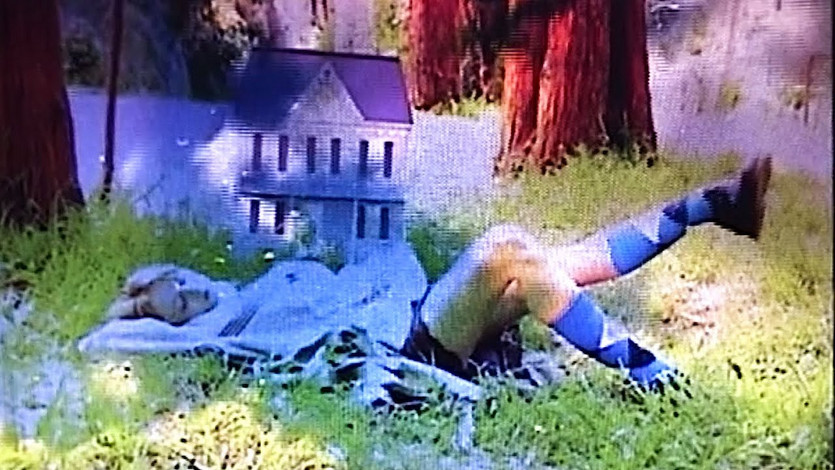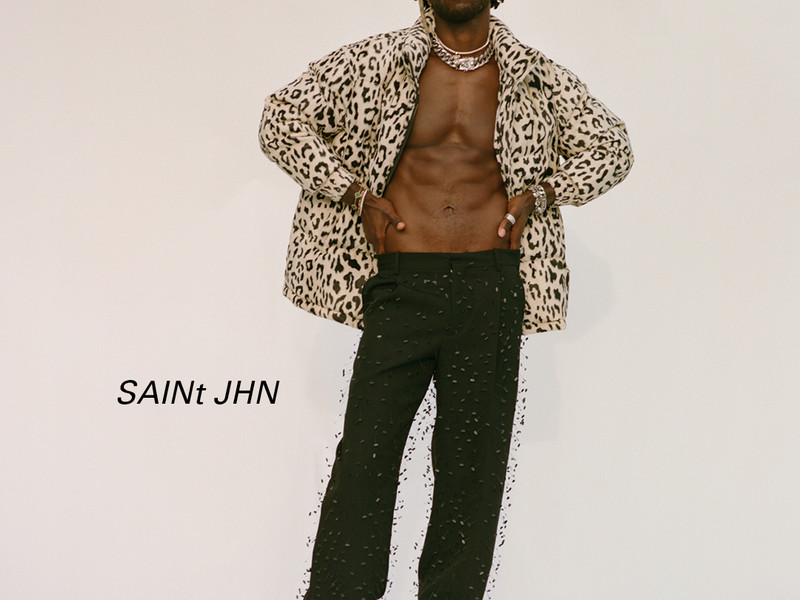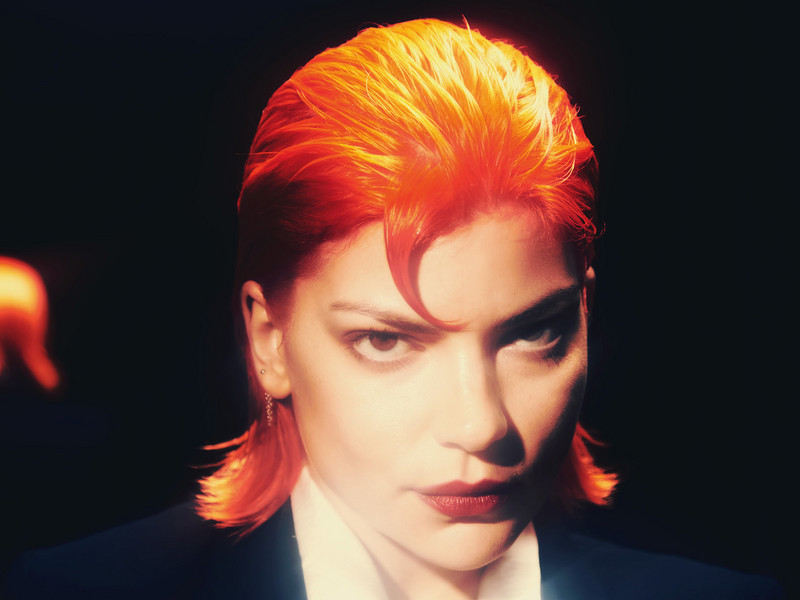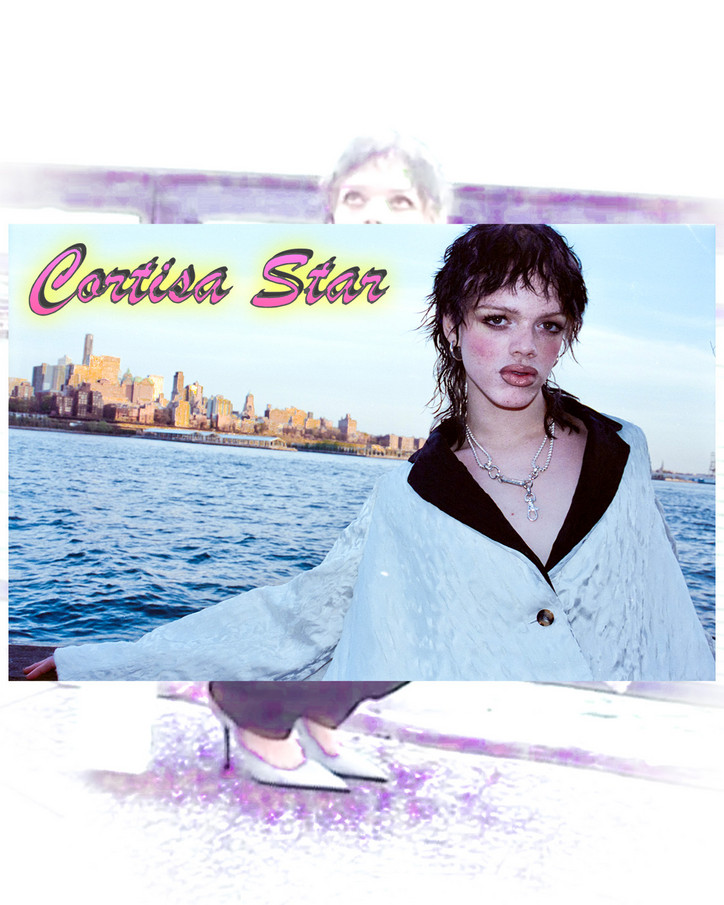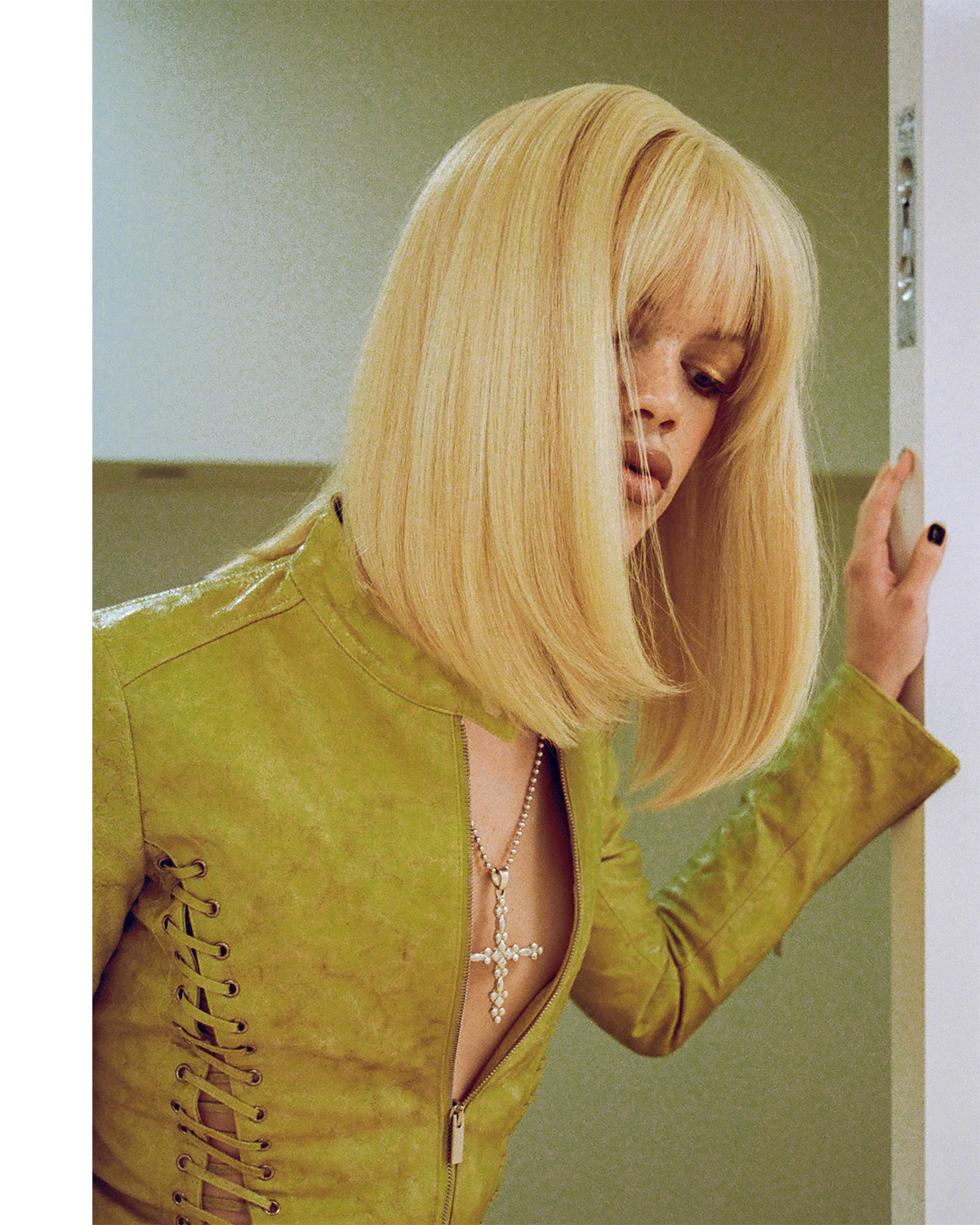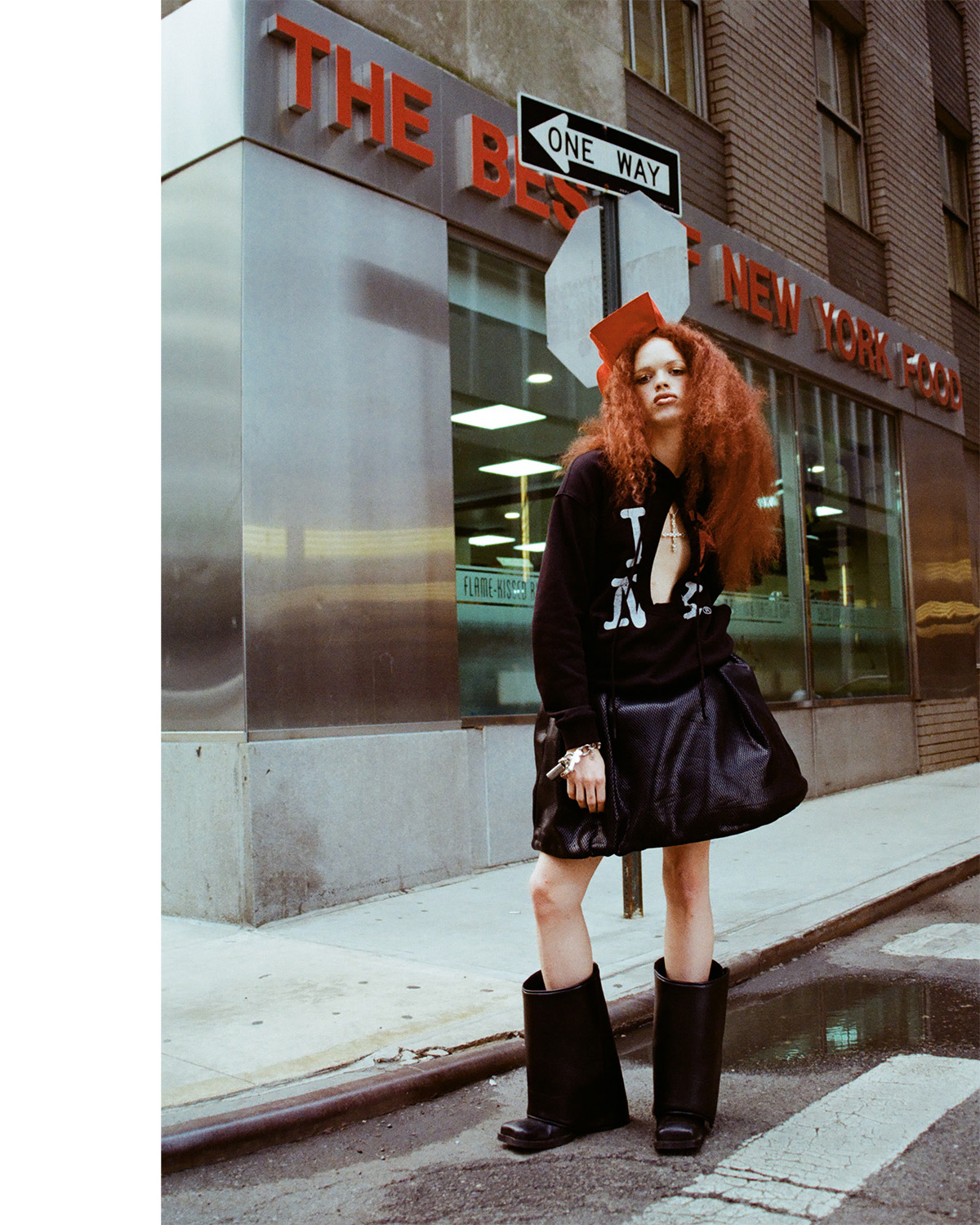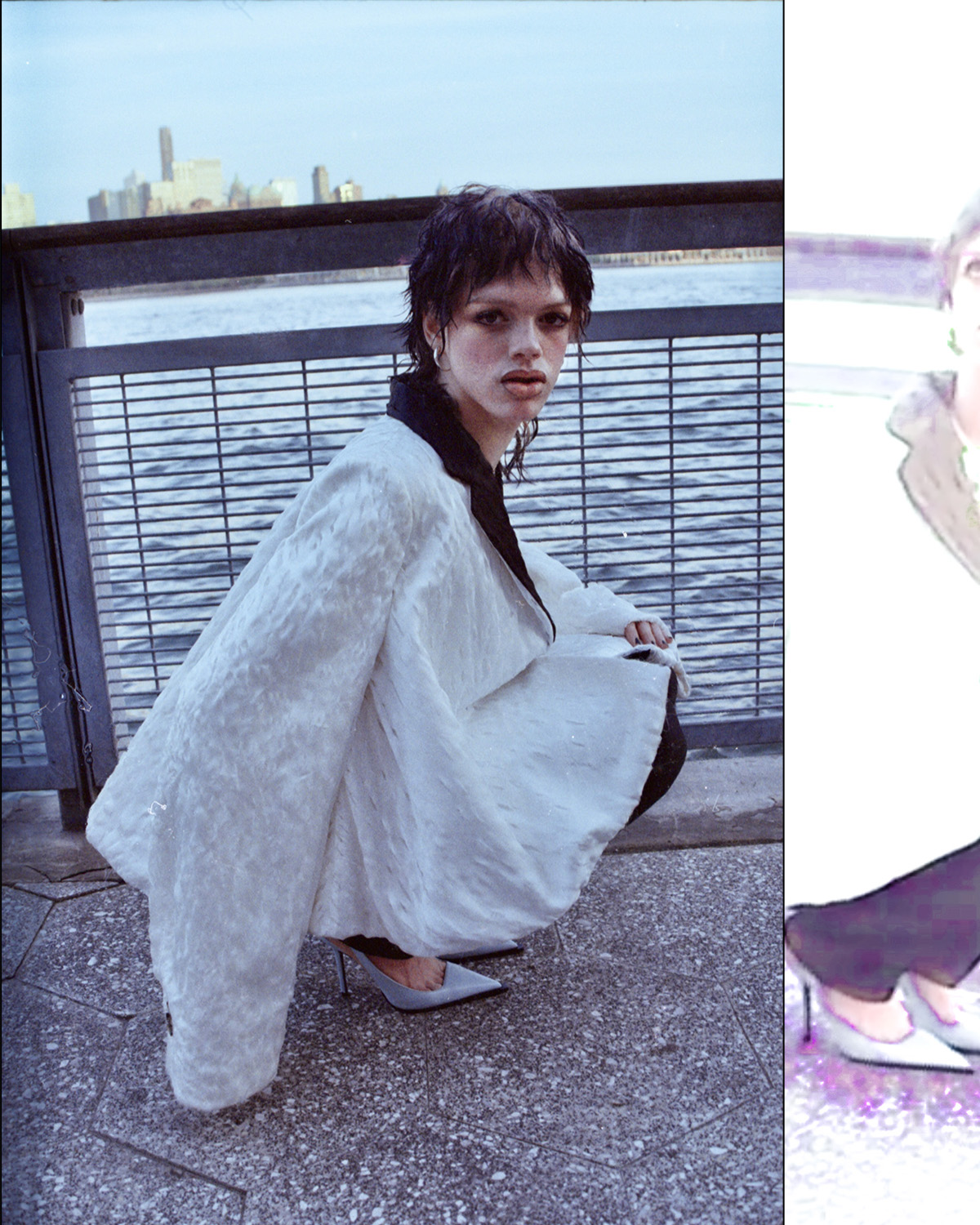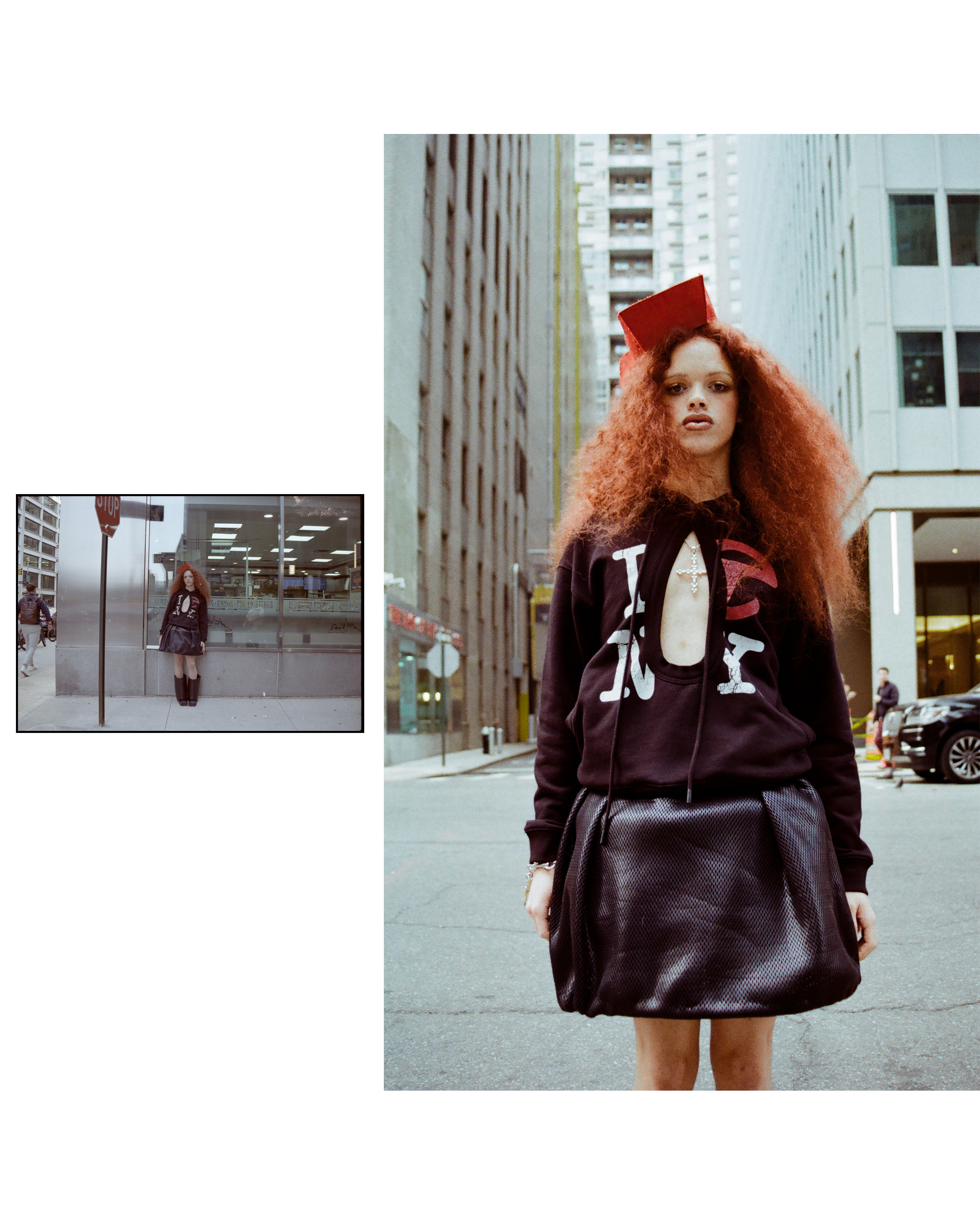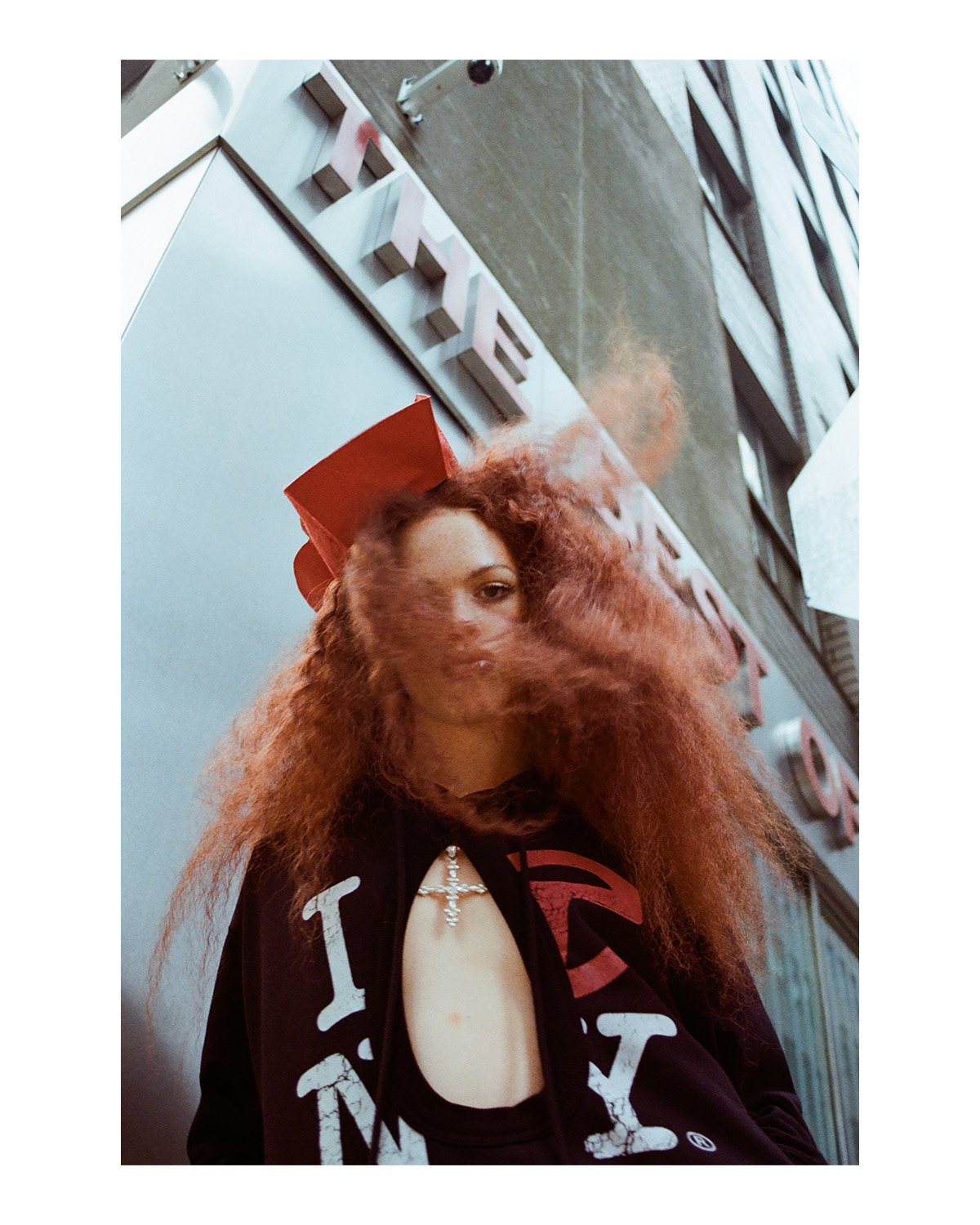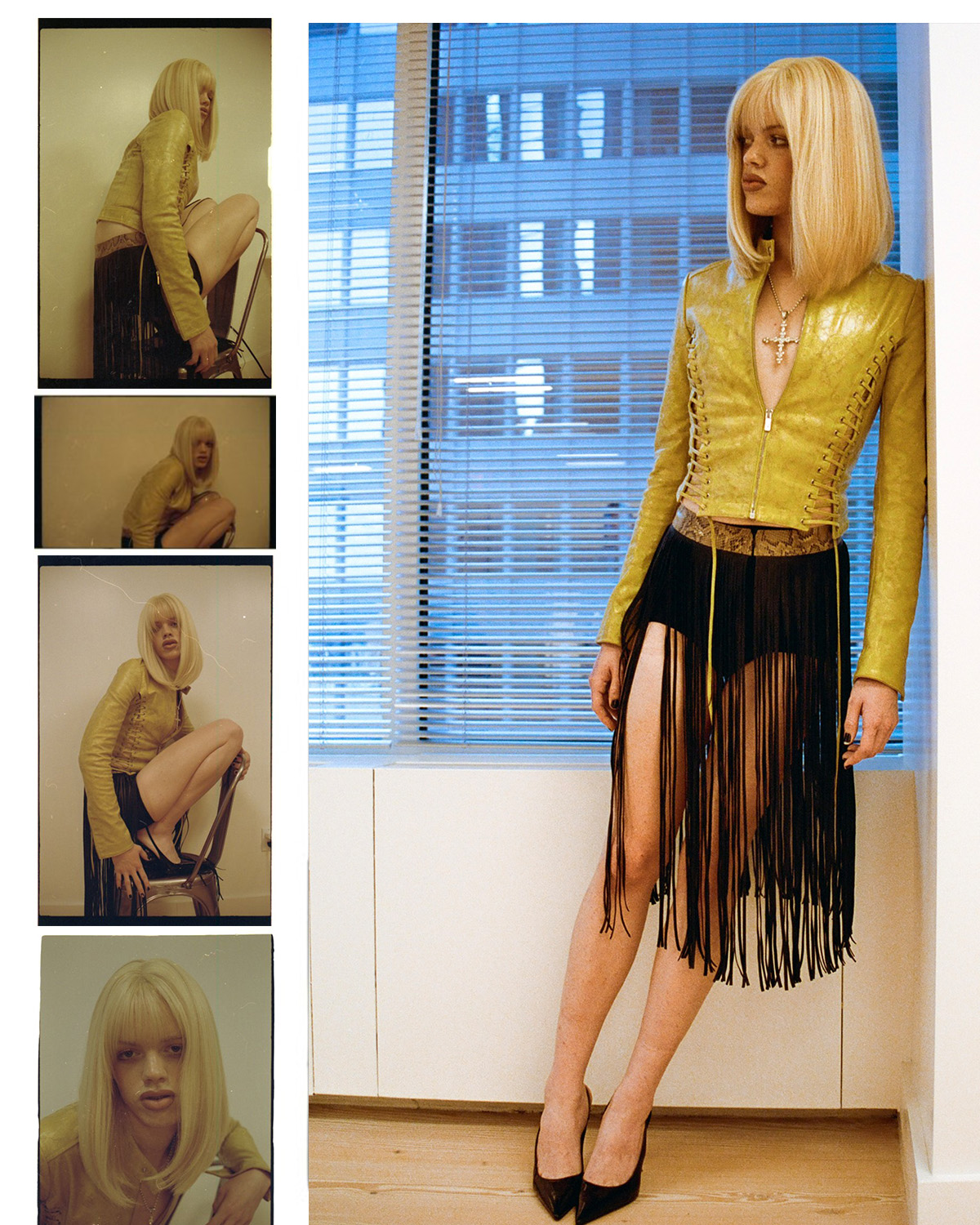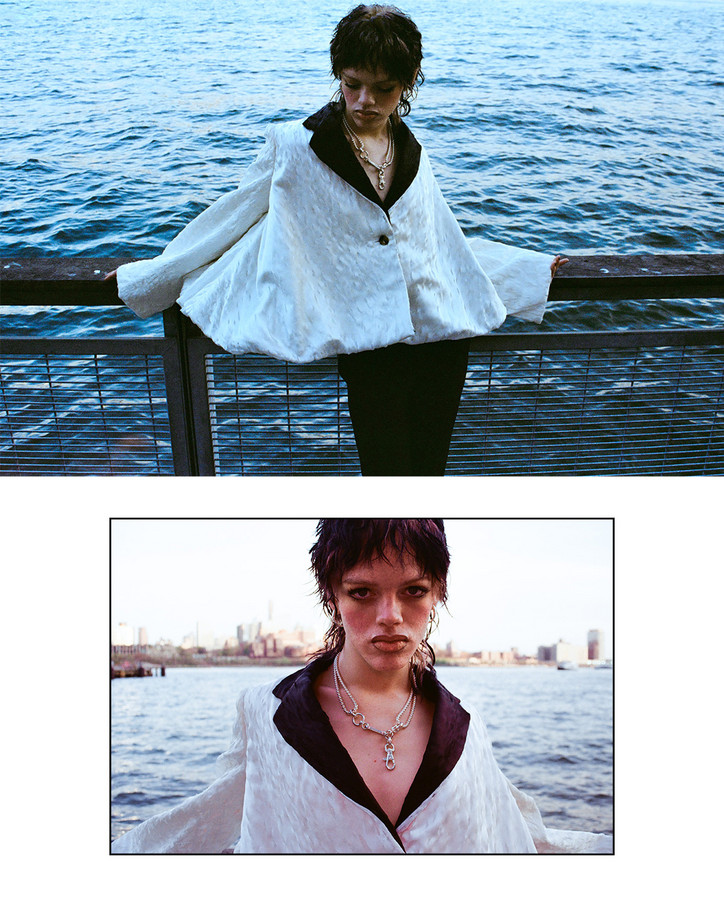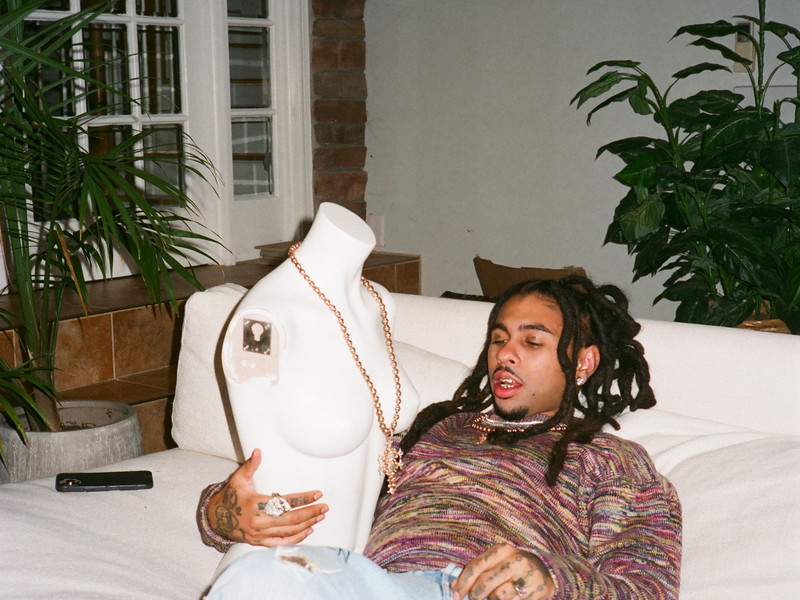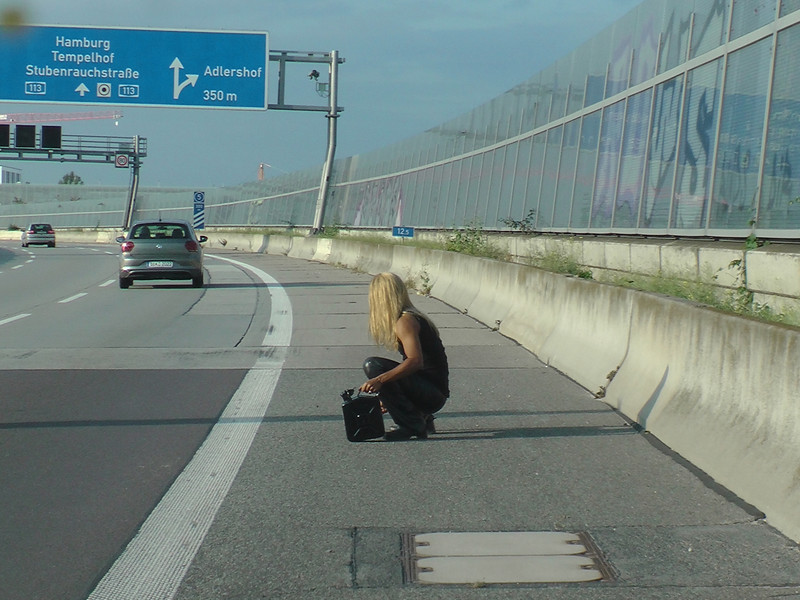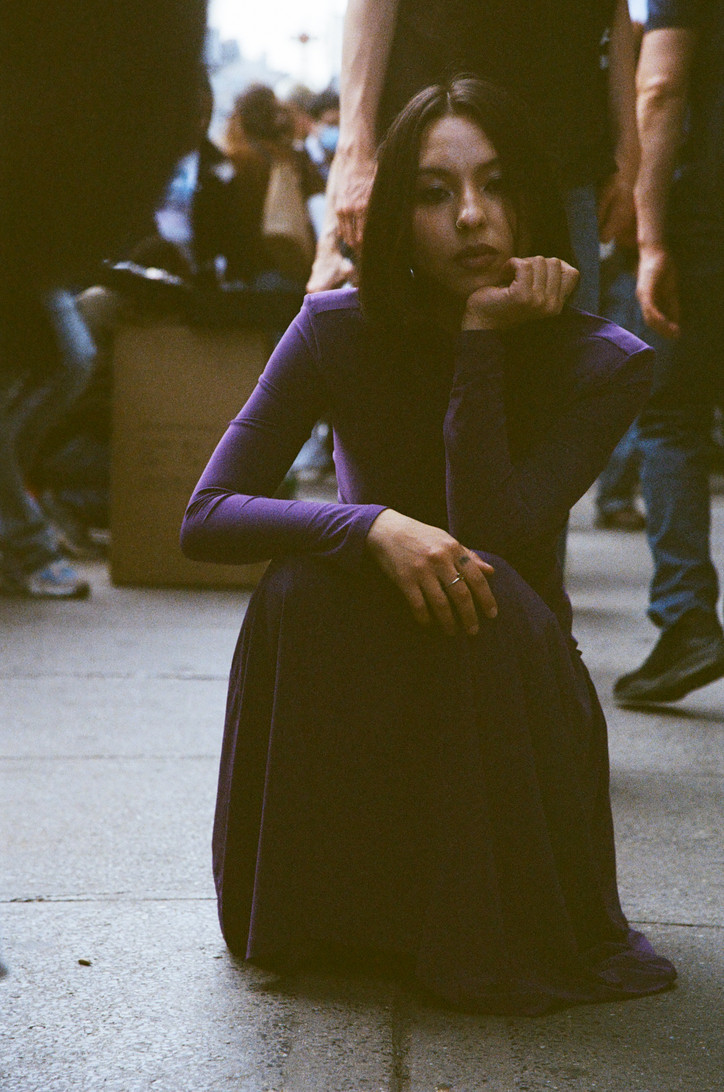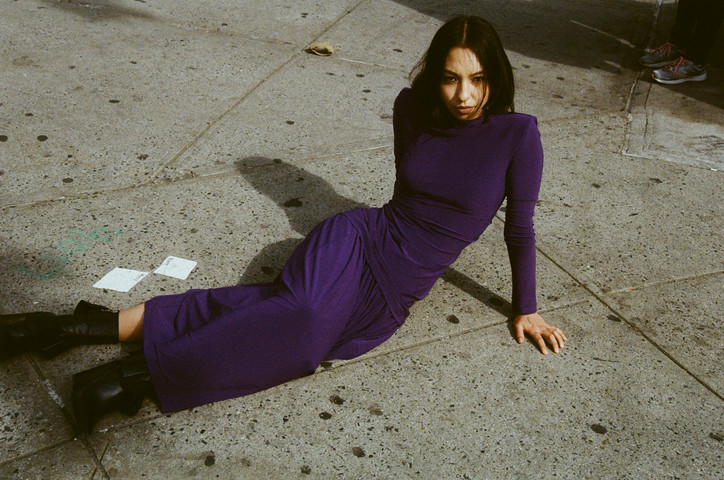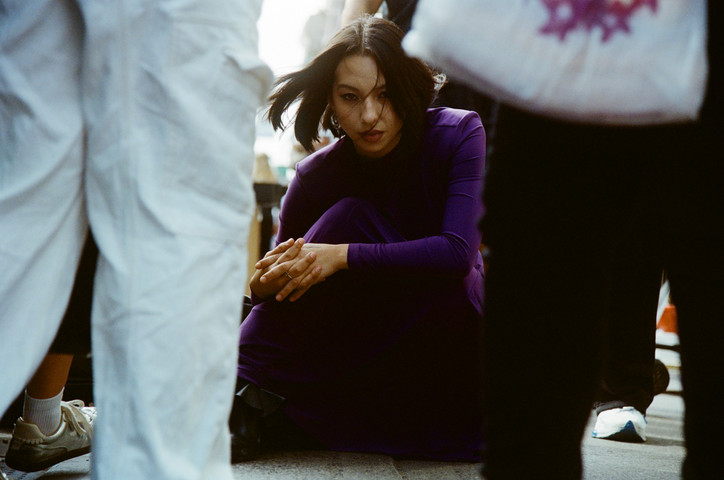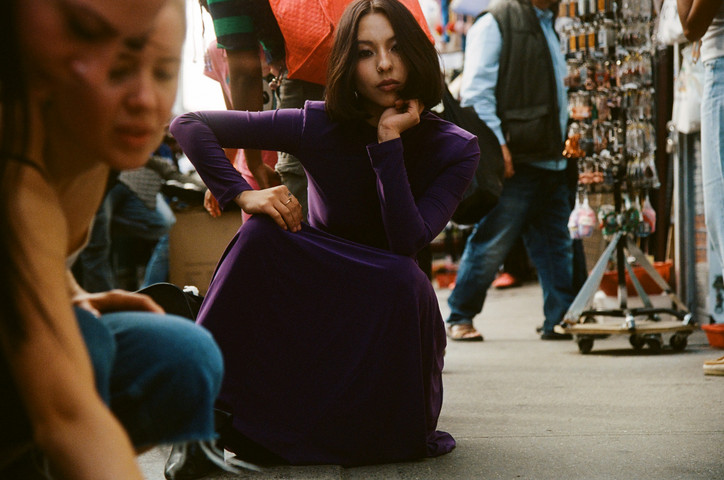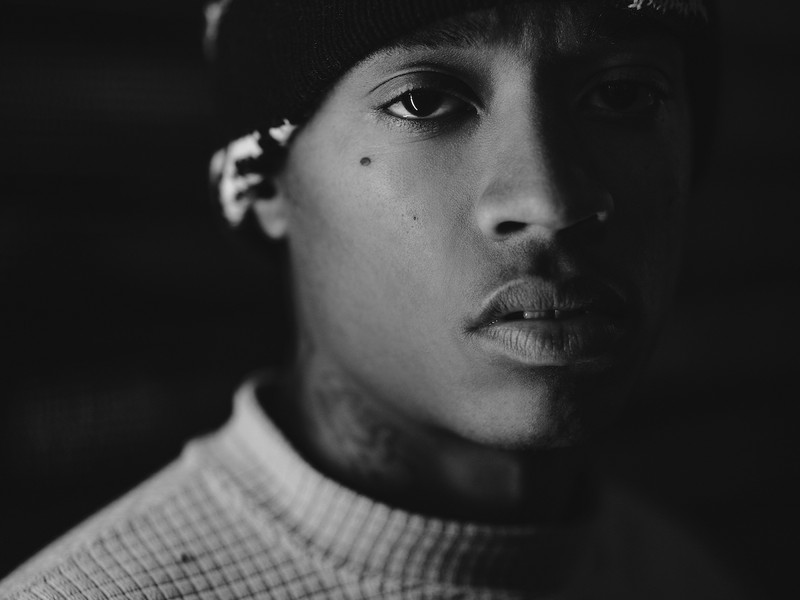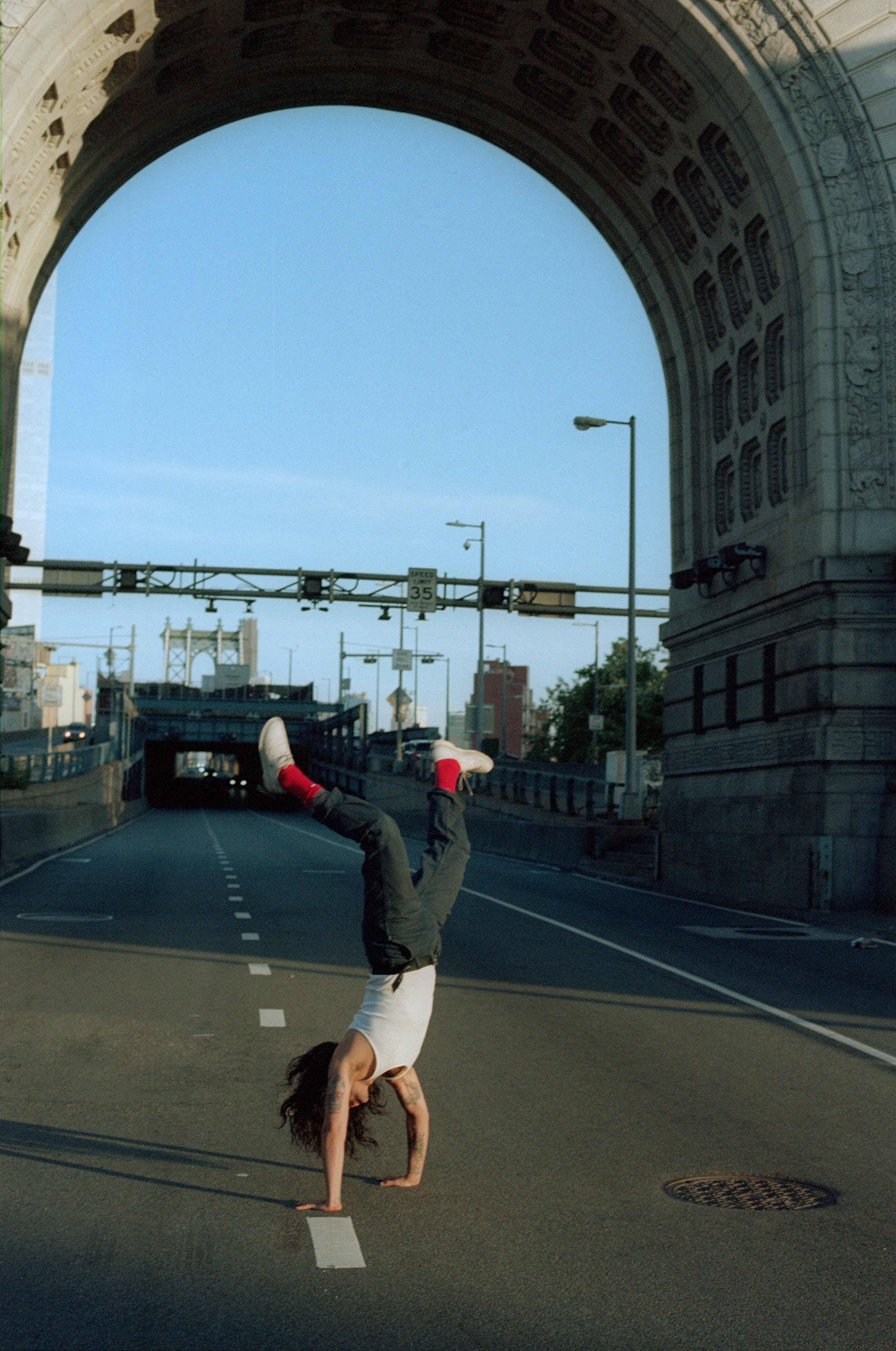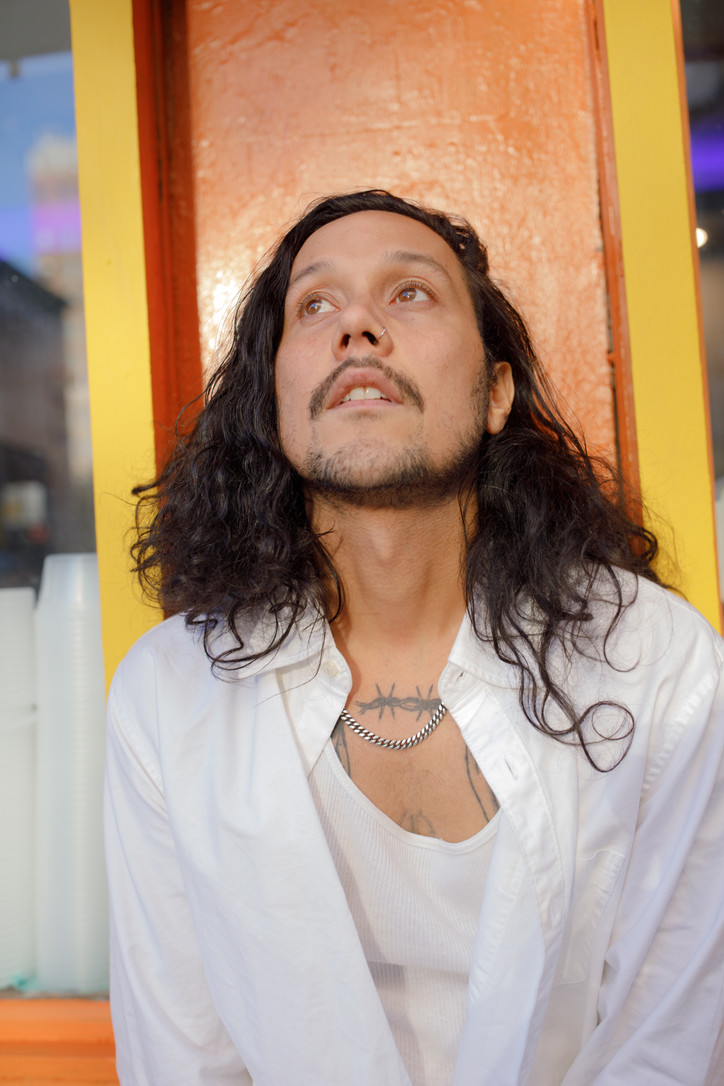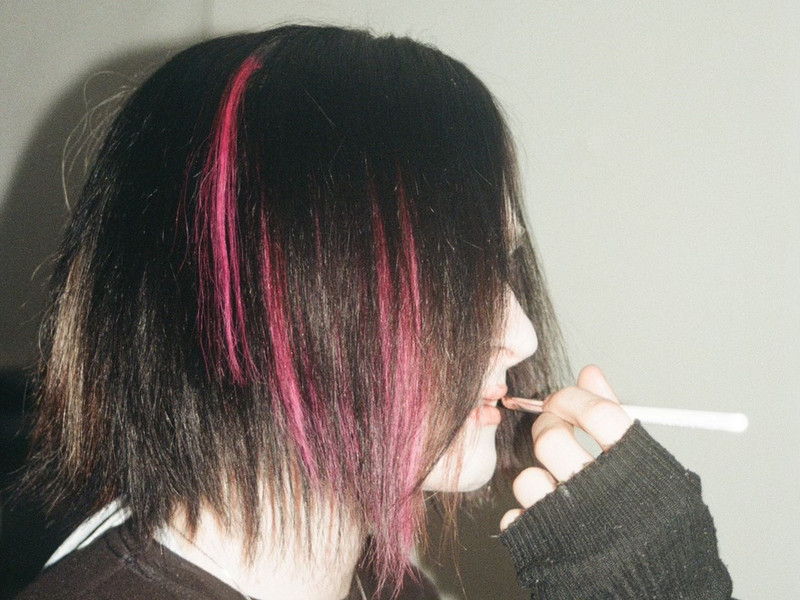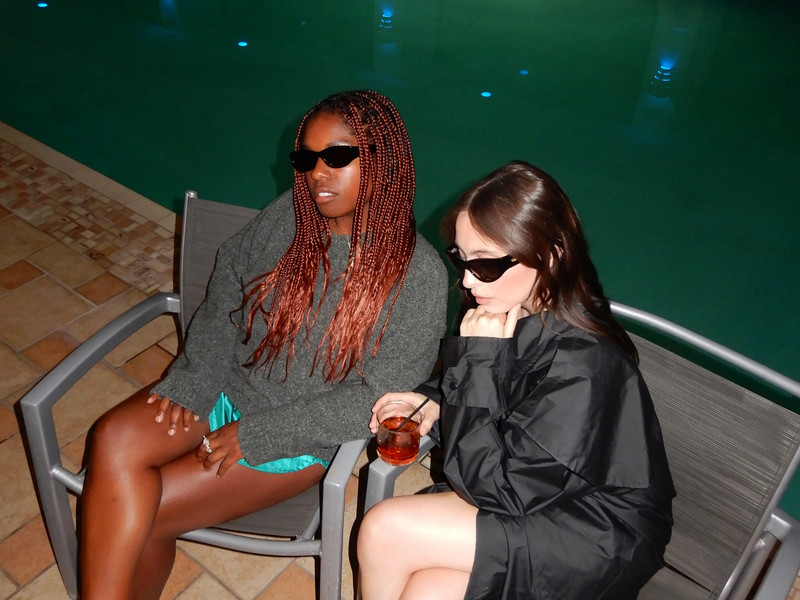Skullcrusher is a Family Affair
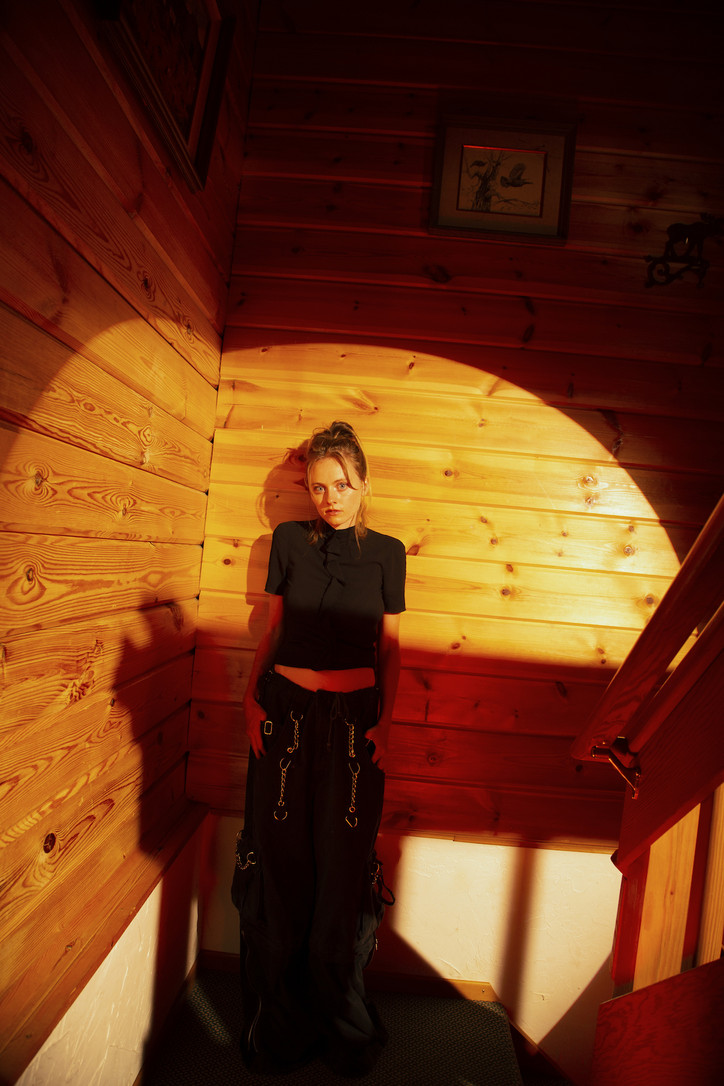
I was always captivated by her. She was soft and introspective, delicate and severe, and it was clear that she was ruminating on big things and big plans, things she only talked about with her friends in that bedroom in Los Feliz.
Time passed, and I haven’t seen Helen since. But in January of this year she released her first-ever song as Skullcrusher, and it is the most special song I have heard in a very long time. The song, titled “Places / Plans” and released via Secretly Canadian, is something that has haunted me since. I think many of us have had a song or album that we have carried with us throughout this time of pandemic, something that has gained an almost magical power. A piece of music that is emblematic of our lives before and during Coronavirus—music we listen to when we think about the past or the future, anything but the present. “Places / Plans” is that song for me.
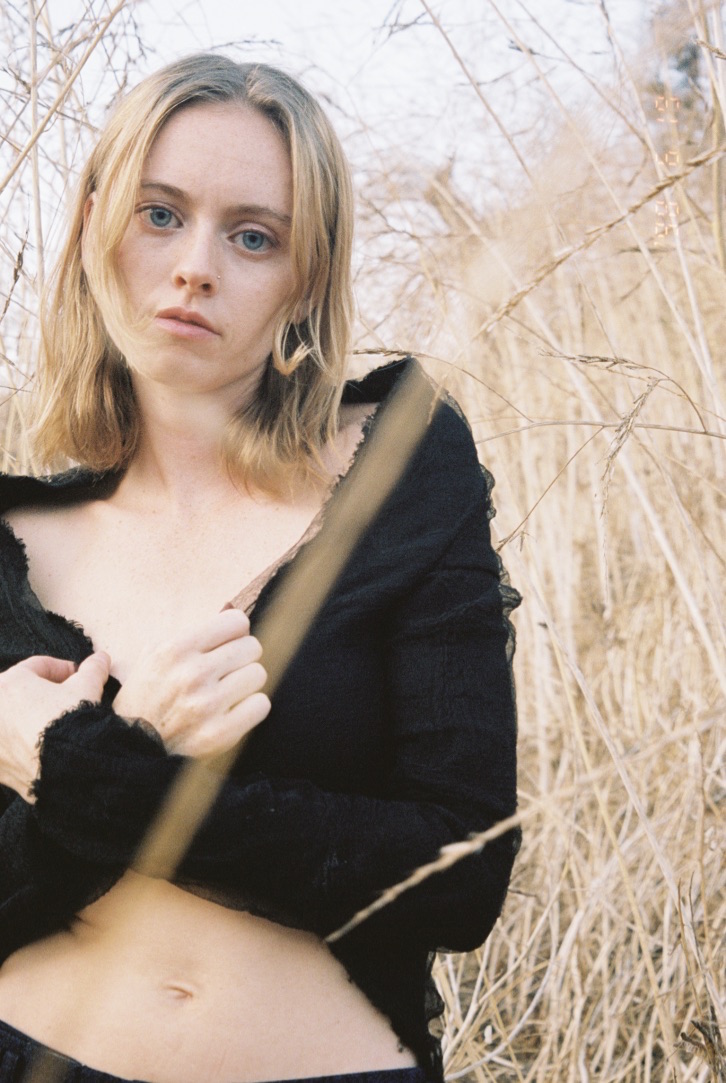
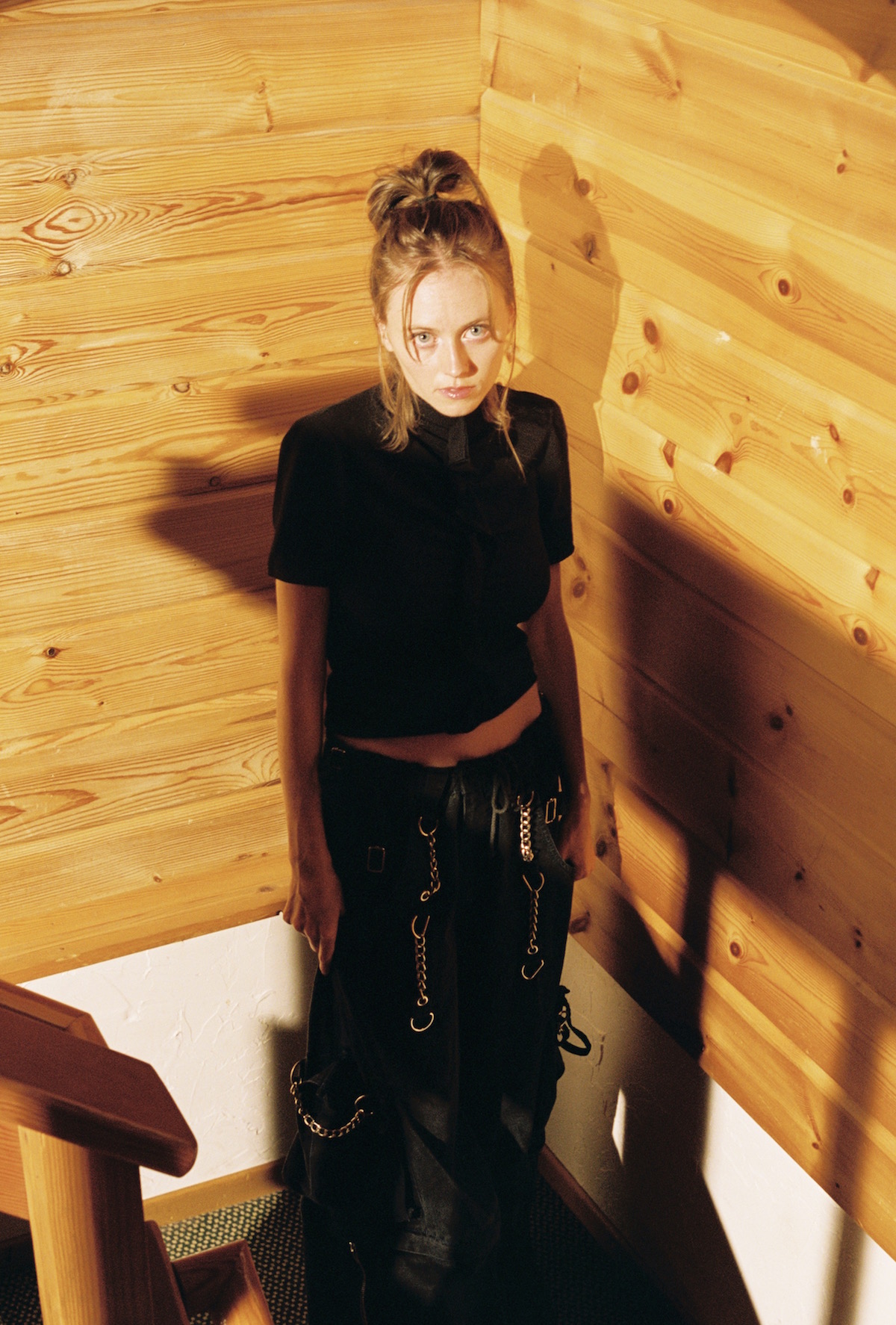
In the song, Ballentine yearns for someone she loves but just can’t get to stick, and wonders and pleads what she could do to make it so. She asks, “You told me your friend's in love / with a guy she looks up to / Do you think you could look up to me that way? / Do you think that I’m going places?” As she sings soft acoustic guitar strums melt into a mellowy, dream-like trance, interjected by her painful begs for the guy she longs for. It feels as though time has paused. If only for a few minutes, we have entered her mind and she has entered ours.
As the song heightens, she bargains more directly. “Does it matter if I’m a really good friend? / That I’m there when you call and when your shows end?” She continues asking the guy she longs for if she’s good enough—if she will ever be good enough—until the song crescendos into its climax. Overwhelmed with longing and anguish, she cries, “The window’s open and I’m lying alone.” We are pulled back down to reality, out of the dreamy anguish she has conjured, and back into that bedroom in Los Feliz. The song is delicate and intense—it feels different from what we have come to expect from music. At a time when art must be generated at breakneck speed, when music serves primarily as a soundtrack with which to endlessly scroll Twitter or sell cardigans, Ballentine’s belabored introspection feels alternative and even subversive.
It’s clear in listening to Skullcrusher that these songs weren’t conjured up in a boardroom or even a studio, they are packed with an intensity that can only come from being alone. This effect is what leads to one of the most compelling aspects of the EP. Ballentine is able to make her listener power down and do just that: listen. The music of Skullcrusher can at times be stressful. This comes from Ballentine’s incredible knack for writing what we aren’t willing to express ourselves, or what we feel but might not be fully able to articulate. Would you love me if you looked up to me? If I was a headline act with my name on the door? In “Day of Show,” she tells her partner that it’s all going to work out in the end, but she reveals to herself and to her listener that as she says these words she realizes she may no longer believe them.
In “Trace” she sings of a day spent in bed with a boy she knows is no longer hers but can’t will herself to leave. She can’t help but ask, “If I get up will it be worse? If I stay here what is that worth?” Ballentine openly admits that she did not expect for Skullcrusher to have received so much immediate hype. She is also open about her stressful new reality of reading senseless Youtube comments and media criticism. As she explained in a recent Facetime call, “In a sense I feel like I can hide behind the aesthetics of it all. They aren’t talking about Helen Ballentine, they’re talking about Skullcrusher. But at the same time, I poured all of myself into the music—the EP doesn’t feel like a part of me, it feels like all of me. I guess it’s just something I’m going to have to get used to.” That three of her songs detail the anguish and longing of being stuck in your room dreaming about someone else in theirs suggests that she might have earned the title of our preeminent pandemic songstress.
As she explains, “It’s funny, I think so many people are just stuck in their room wondering what they’re gonna do—and I’m like, I already did that. I’m obviously not happy about this situation at all but I’m really happy the EP came at a time when people could really relate to it.” Again, much of what makes the Skullcrusher debut feel so special is Ballentine’s organic approach. The Noah I mentioned before is now her serious boyfriend, and he produced the entire EP. “Day of Show” is a love letter to their relationship, and the plucky banjo and cheerful vocals of “Trace” are reminiscent of his band Runnner. Silken helped create the visuals and aesthetics for the project and took the photos for the EP cover and much of the press (including this piece). She and Jeremy collaborated in creating the three Skullcrusher videos. Buck, the boy who introduced me to Helen and first took me to that house in Los Feliz, is seen drunkenly dancing around in the bacchanalian video for “Trace.”
This collaborative effort is crucial to the success of Skullcrusher, the stories and characters of the EP continue into the photos, the music videos, and the production. It also helped Ballentine grow the courage to create and release anything at all. As she explains, “I think for me art is a matter of... You can have all these thoughts and ideas on your own, but it doesn’t become real until you share it with other people. And I think because so much of this project deals with my own solitude, it couldn’t have been possible with anyone but my friends.” I’ve turned a lot of my friends onto Skullcrusher, and the chief complaint is that there are only four songs. But the beauty and genius of Skullcrusher is just that, there are only four songs.
The music is deeply rooted in a certain time and place, in things that were born and things that were lost in the chaotic aimlessness of post-grad life and a devastating breakup. How could there possibly have been more?

